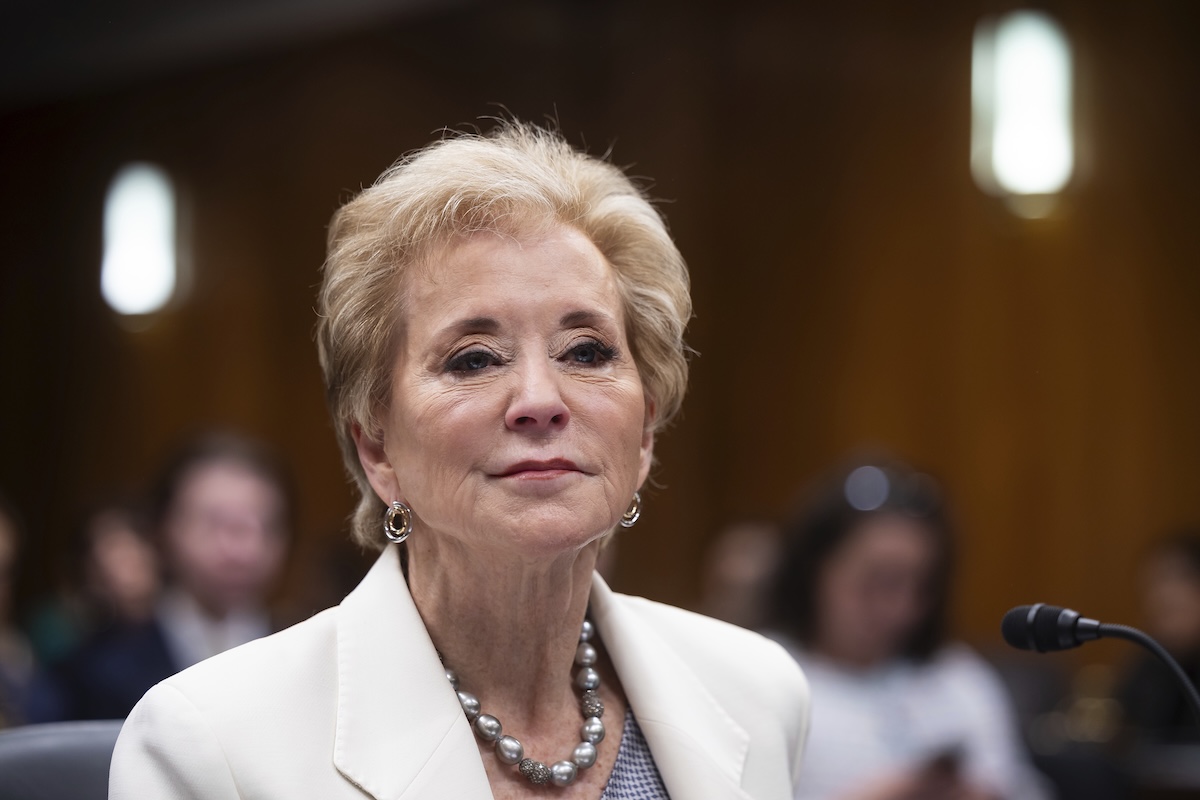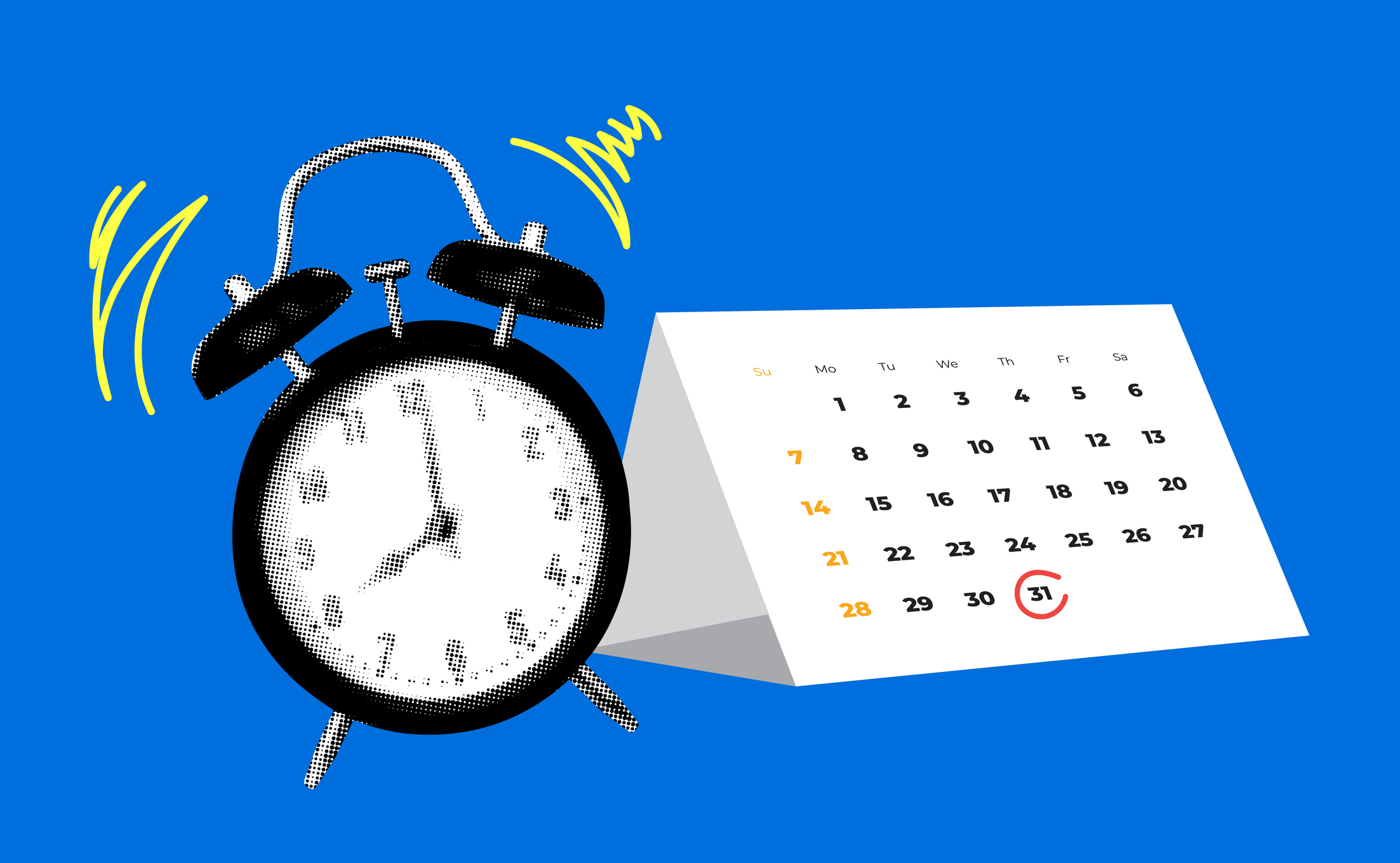Education Dept. Agrees To Continue Loan Forgiveness


The American Federation of Teachers and the U.S. Department of Education have temporarily resolved key disputes in a major federal lawsuit challenging the handling of income-driven repayment and forgiveness programs.
In a joint status report filed Friday (PDF File) in the U.S. District Court for the District of Columbia, both sides asked Judge Reggie B. Walton to deny, for now, the union’s motions for a preliminary injunction and class certification. Those motions sought immediate relief for borrowers who said they were wrongly denied or delayed in receiving debt cancellation.
The agreement allows the Education Department to continue processing student loan forgiveness under the Income-Based Repayment (IBR), Income-Contingent Repayment (ICR), and Pay As You Earn (PAYE) programs while the lawsuit remains pending.
The AFT had filed suit earlier this year, alleging that the Department was failing to provide legally required repayment plans and loan forgiveness. The lawsuit has a potential impact on millions of borrowers navigating overlapping repayment rules and deadlines.
The new joint filing outlines a detailed temporary framework meant to protect borrowers as litigation continues:
The first report must also explain how the Department identifies borrowers eligible for discharge and disclose how many IBR applications were denied after July 4 on financial-hardship grounds.
For millions of Americans still repaying student loans, the agreement signals both relief and continued uncertainty. By halting hardship-based denials, the Education Department effectively ensures that borrowers leaving the Saving on a Valuable Education (SAVE) plan or other repayment programs won’t lose eligibility due to outdated definitions.
Borrowers who became eligible for cancellation in 2025 under income-driven plans will be treated as having their loans discharged as of their eligibility date, not the later date when paperwork is processed. This clarification could prevent tax complications.
The inclusion of PSLF “Buyback” data also reflects ongoing efforts to monitor the program, which allows borrowers to receive credit for earlier periods of qualifying payments, but is experiencing significant delays.
The court must still approve the agreement. If accepted, the case will remain open but paused while the Department issues its reports and implements system updates.
For now, the most immediate benefit will be clarity for borrowers who applied for IBR after July 4, 2025, but were rejected on financial-hardship grounds. Those individuals will have an opportunity to reapply once processing systems are fixed – expected in Winter 2025.
Borrowers, meanwhile, will at least get more transparency in what’s happening with the student loan system amidst the changes.
Don’t Miss These Other Stories:

Uncategorized Senior debt, a foundational element of most multifamily property acquisitions and developments, rarely covers the...

The end of the year is one of the most powerful moments to improve your financial life. A few intentional...

When it comes to escaping the grind of work, whether to tend to one’s responsibilities or to simply be, our...